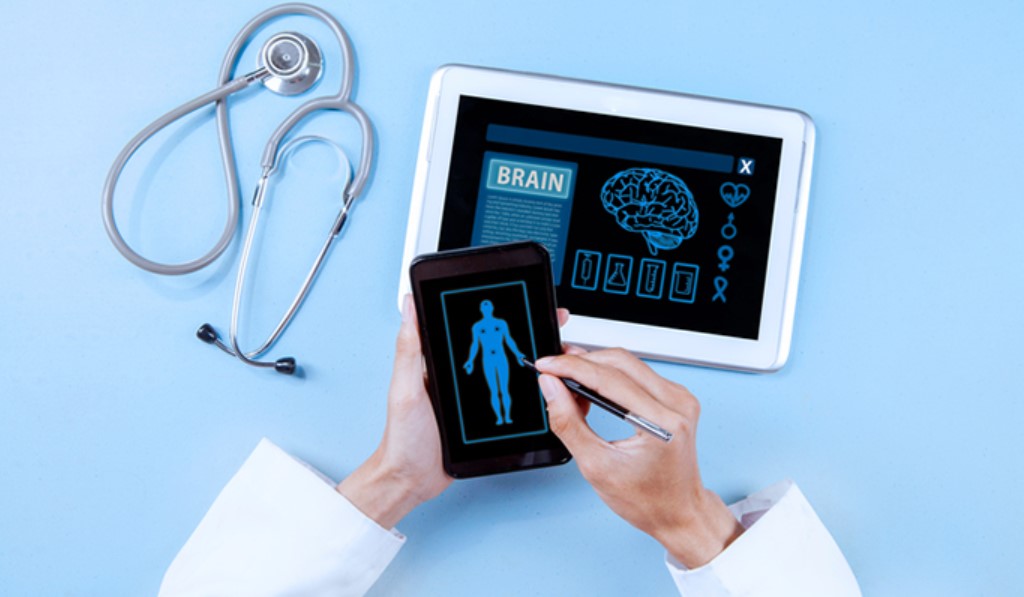Remote Patient Monitoring Improving Chronic Disease Management

Remote patient monitoring (RPM) has emerged as a valuable tool in the management of chronic diseases, offering healthcare providers the ability to remotely track and monitor patients’ health status and vital signs. In this article, we’ll explore how remote patient monitoring is revolutionizing chronic disease management by enabling proactive interventions, improving patient outcomes, and enhancing the overall quality of care.
Continuous Health Monitoring:
Remote patient monitoring allows healthcare providers to continuously monitor patients’ health status and vital signs from a distance. Through wearable devices, sensors, and mobile apps, patients can transmit real-time data on their blood pressure, heart rate, blood glucose levels, and other key health metrics to their healthcare providers, enabling timely intervention and adjustments to their treatment plans.
Patient Engagement and Empowerment:
RPM promotes patient engagement and empowerment by involving patients in their own care and treatment decisions. Patients have access to their health data in real-time, allowing them to track their progress, monitor their symptoms, and actively participate in their care management. This increased engagement leads to better adherence to treatment plans and improved self-management of chronic conditions.
Early Detection of Health Changes:
RPM enables early detection of health changes and deterioration in patients with chronic diseases. By analyzing trends and patterns in patients’ health data, healthcare providers can identify potential complications or worsening symptoms before they escalate, allowing for prompt intervention and preventive measures. Early detection leads to better outcomes and reduces the risk of hospitalization or emergency room visits.
Personalized Care Plans:
With remote patient monitoring, healthcare providers can develop personalized care plans tailored to each patient’s unique needs and health goals. By analyzing patients’ health data and trends over time, providers can make informed decisions about medication adjustments, lifestyle modifications, and other interventions to optimize disease management and improve patient outcomes.
Empowerment:
RPM promotes patient engagement and empowerment by involving patients in their own care and treatment decisions. Patients have access to their health data in real-time, allowing them to track their progress, monitor their symptoms, and actively participate in their care management. This increased engagement leads to better adherence to treatment plans and improved self-management of chronic conditions.
Enhanced Communication and Coordination:
Remote patient monitoring facilitates communication and coordination between patients and healthcare providers, improving the efficiency and effectiveness of care delivery. Through secure messaging platforms and telehealth consultations, patients can communicate with their providers, ask questions, and receive guidance and support about disease, leading to better continuity of care and patient satisfaction.
Personalized Care Plans:
With remote patient monitoring, healthcare providers can develop personalized care plans tailored to each patient’s unique needs and health goals. By analyzing patients’ health data and trends over time, providers can make informed decisions about medication adjustments, lifestyle modifications, and other interventions to optimize disease management and improve patient outcomes.
Patient Engagement:
RPM promotes patient engagement and empowerment by involving patients in their own care and treatment decisions. Patients have access to their health data in real-time, allowing them to track their progress, monitor their symptoms, and actively participate in their care management. This increased engagement leads to better adherence to treatment plans and improved self-management of chronic conditions.
Improved Quality of Life:
By enabling proactive monitoring, early intervention, personalized care, and patient empowerment, remote patient monitoring ultimately leads to improved quality of life for patients with chronic diseases. Patients experience fewer complications, better symptom management, and reduced healthcare utilization, allowing them to live healthier, more fulfilling lives despite their chronic conditions.
Remote patient monitoring is transforming chronic disease management by enabling continuous monitoring, early detection of health changes, personalized care planning, patient engagement, enhanced communication, and improved quality of life. As healthcare providers increasingly adopt RPM technologies, patients with chronic diseases benefit from proactive and personalized care that leads to better outcomes and a higher quality of life.
Thanks for visiting https://theusapeople.com




